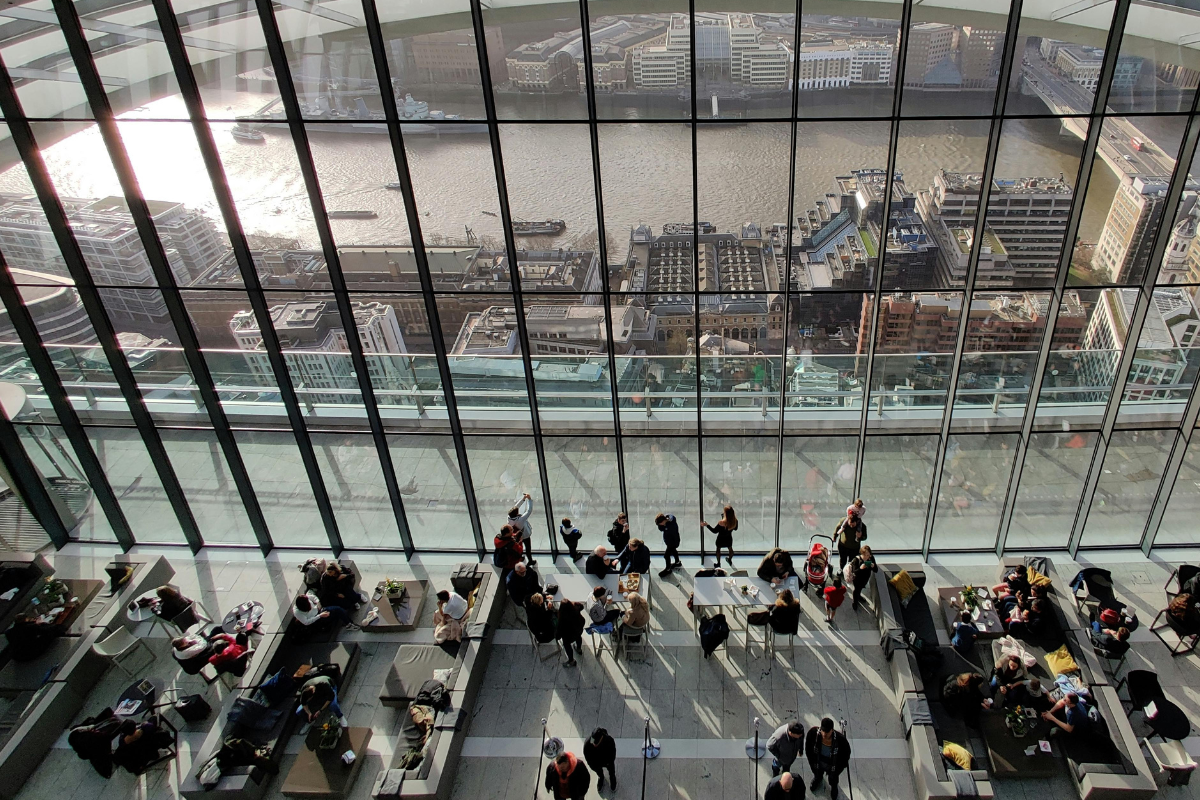Take a moment. Picture the kind of place where you’d want to live or work. Fresh air. Steady warmth. Lights that just work. These might feel like basic expectations, but they’re also quiet signals that you're doing their job well.
Facilities management is about much more than systems, schedules, or compliance checklists. It's about creating environments where people feel safe, connected, and valued. Whether you’re new to the field or a seasoned pro, it’s easy to get caught up in the day-to-day. But it’s worth remembering: what you do matters.
Think about it. Would you feel comfortable striking up a conversation with a neighbour in a dimly lit hallway with broken security cameras? Probably not.
Fundamental safety features, from fire safety systems and secure access points to well-maintained structural integrity, create a vital baseline of trust. When residents or occupants feel safe and secure in their environment, their anxieties are eased, allowing them to focus on connecting with those around them. Compliance isn't just about ticking boxes; it's about building the confidence that allows community to flourish. Facilities management plays a crucial role in ensuring this foundation of safety.
Consider the subtle yet powerful impact of a well-ventilated space with comfortable temperatures and ample natural light. Our work in environmental engineering and building services design goes beyond mere functionality. Optimal air quality, consistent heating and cooling, and thoughtful lighting design contribute significantly to our mood and overall well-being.
When we feel physically comfortable, we are more likely to be open, approachable, and inclined to engage with others. These 'invisible' factors are the silent partners in fostering positive social interactions. Property management that prioritises resident comfort contributes directly to a stronger sense of community.
A truly thriving community leaves no one behind. Compliance with accessibility standards is not just a legal requirement; it's a fundamental aspect of creating inclusive design where everyone can participate fully. By eliminating physical barriers through thoughtful design, we ensure that individuals of all abilities can connect, interact, and contribute to the richness of community life within a building.

Even the way a building operates sustainably can weave the threads of community tighter. Initiatives focused on energy efficiency, waste reduction, or water conservation can foster a sense of shared responsibility among occupants. When people work together towards a common environmental goal, it creates opportunities for interaction, collaboration, and a stronger sense of collective purpose. Sustainable buildings are not just good for the planet; they're good for community.
For more energy-efficient tips for your building, see our article here.
Care speaks volumes. Regular maintenance, prompt repairs, and a visible commitment to the upkeep of the building demonstrate that the environment, and by extension, its occupants, are valued. When people see that their shared space is cared for, it fosters a sense of pride and belonging, encouraging them to invest more in their community.
The principles discussed here aren't just theoretical; they can be integrated into your daily practice. Consider these actionable insights:

Walk the space with a 'community lens'. Next time you're doing a building walkthrough, don't just look for maintenance issues. Observe how people interact (or don't). Are there physical barriers to connection? Are there underutilised spaces that could become community hubs?
Listen to cccupant feedback. Implement regular surveys or feedback sessions that specifically ask about residents' sense of community, their needs for shared spaces, and ideas for improvement.
Champion small, community-focused projects. Advocate for small, impactful changes that can enhance community, such as adding comfortable seating to a lobby, creating a building notice board for events, or supporting resident-led initiatives.
Collaborate across departments. Work with property management, resident associations, and other stakeholders to align community-building goals and learn from different areas of expertise.
Measure the impact. Where possible, try to gauge the impact of community-focused initiatives. This could be through informal feedback, participation rates in events, or even resident satisfaction surveys.
By consciously incorporating these action-oriented approaches, you can move beyond simply managing buildings to actively cultivating thriving communities within them.
Are common areas well-lit and secure to encourage interaction?
Are emergency procedures clearly communicated and understood by residents/occupants?
Are there accessible routes and features for everyone?
Are temperature and ventilation consistently optimal in shared spaces?
Is indoor air quality regularly monitored and addressed?
Is lighting conducive to both functionality and creating a welcoming atmosphere?
Are all common areas fully accessible to individuals with varying abilities?
Is signage clear, multilingual if necessary, and easy to understand?
Are there quiet or sensory-friendly spaces available if needed?
Are there opportunities for residents/occupants to participate in sustainability efforts (e.g., recycling programs, community gardens)?
Is information about the building's sustainability performance shared transparently?
Are there educational initiatives to promote sustainable practices?
Are common areas inviting and comfortable for social interaction?
Is the layout of shared spaces conducive to conversation and connection?
Are there diverse types of communal spaces to cater to different needs (e.g., quiet lounges, activity rooms)?
Is there a building-wide communication platform for sharing information and fostering interaction?
Can technology be used to facilitate community events or shared resources?
Safe and well-managed buildings are not just about bricks and mortar; they are the essential foundations upon which strong and vibrant communities can be built. By focusing on the details – the air we breathe, the safety we feel, the accessibility we provide – we contribute to creating spaces where people feel comfortable, secure, and connected. And that, ultimately, is the most valuable building of all.
Karsons Consulting are members of the Chartered Institute of Building Services Engineers, The Association of Consultancy and Engineering, British Institute of Facilities Managers and the Building Services Research and Information Association.